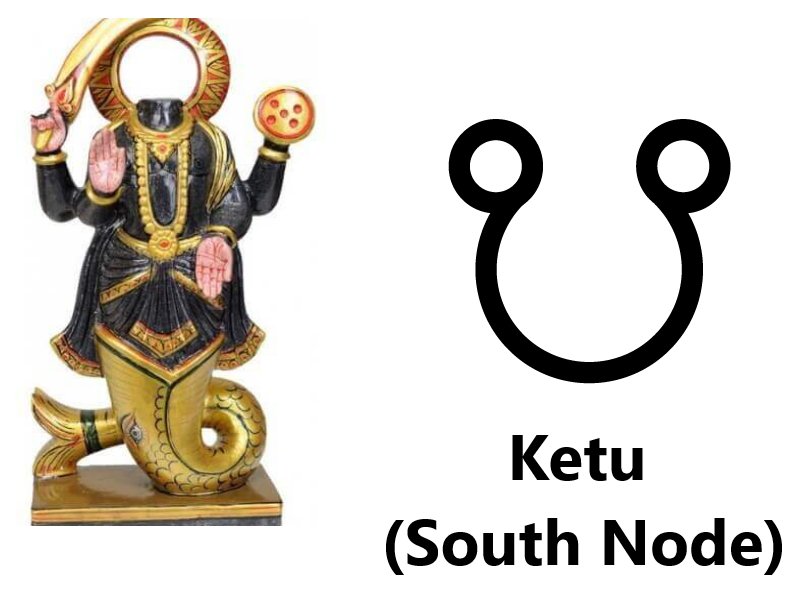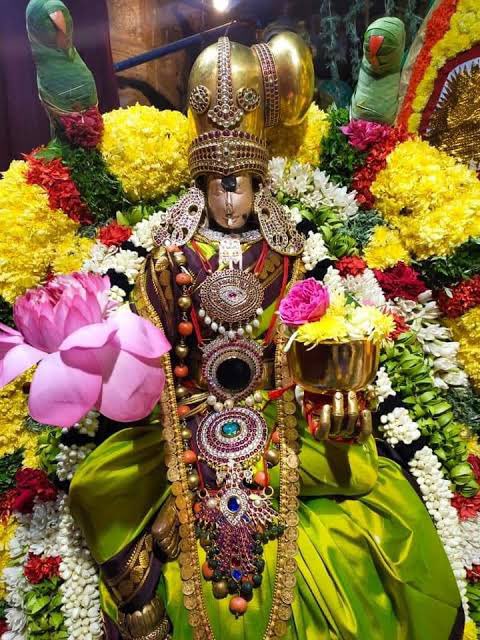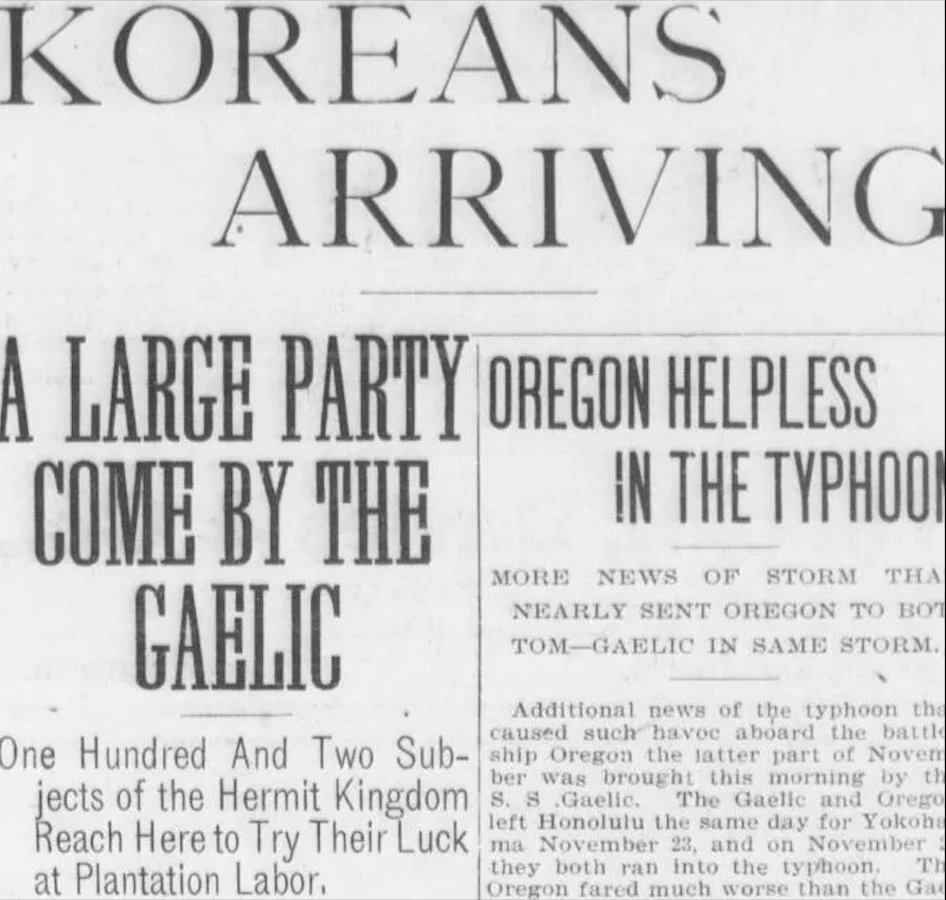
Today is “Korean American Day”.
#OTD in 1903, the first large group of Korean immigrants arrived in US-conquered territory. [Thread]
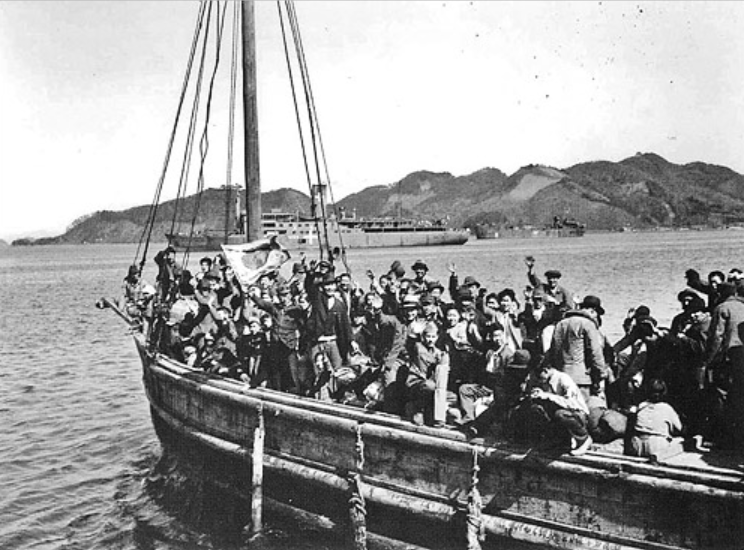

(Pictured: US troops in the Philippines)

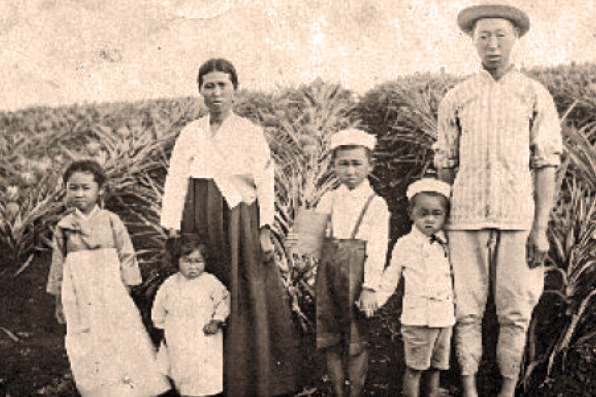
(Pictured: Koreans in Hawaii greeting newly arrived Korean immigrants at the dock)
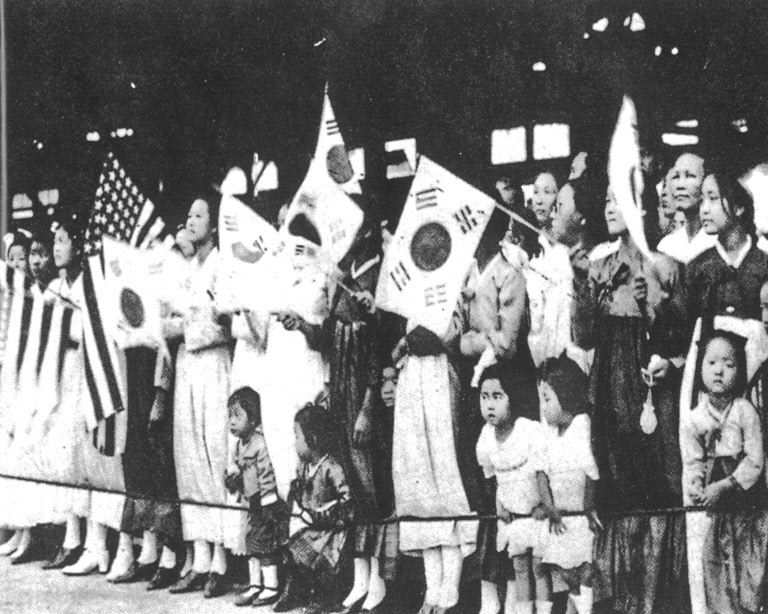
(Pictured: Koreans in Riverside, CA in 1911)
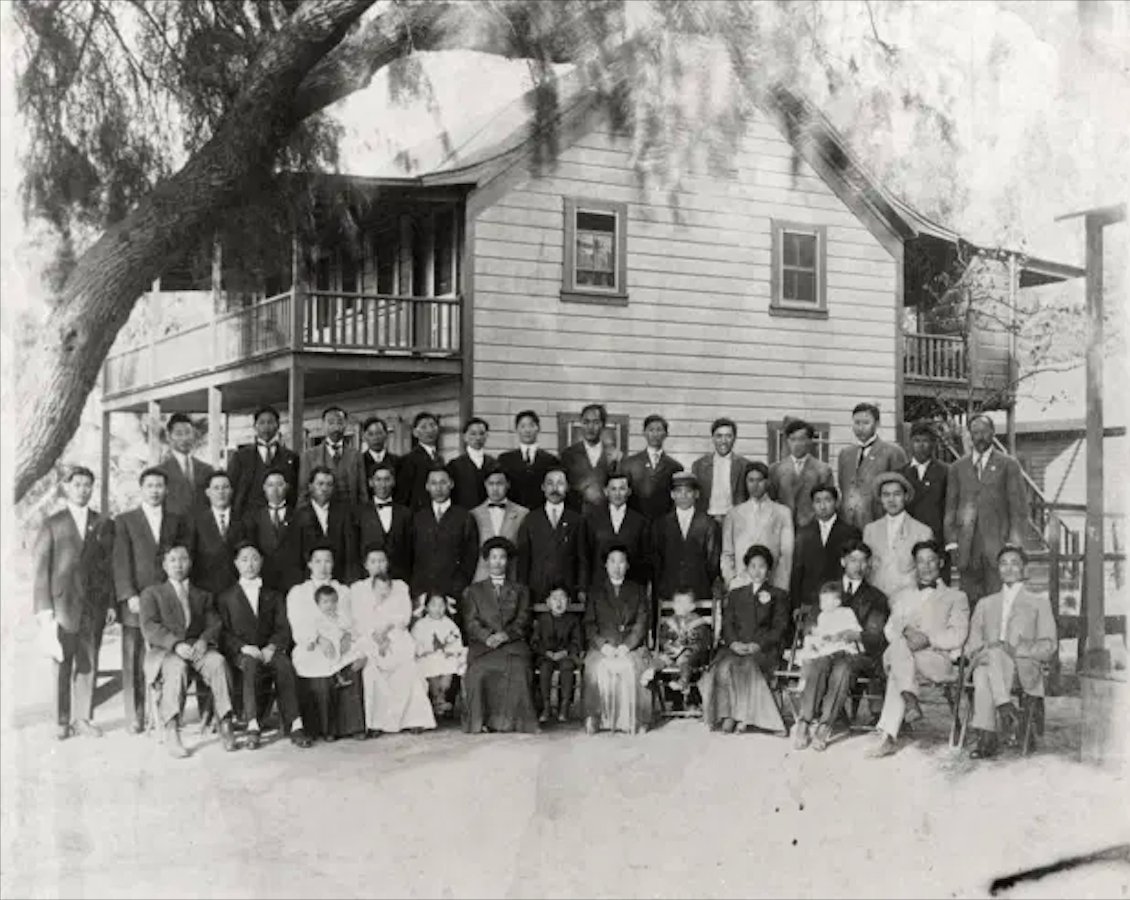

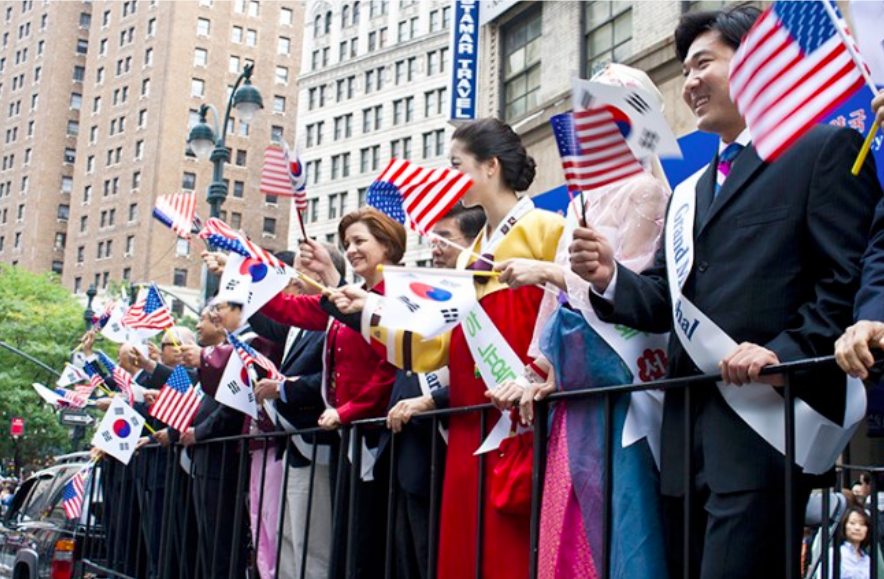
More from World
-Thread-
The Bolshevik Revolution was Jewish, 6/8 Soviet leaders from Lenin to Gorbachev were Jewish AND all three Presidents since the (fake) fall of the Soviet Union are Jewish
Lenin✡️
Stalin✡️
Khrushchev✡️
Brezhnev✡️
Andropov✡️
Gorbachev✡️
~
Yeltsin✡️
Medvedev✡️
Putin✡️

First Soviet government mostly Jewish:
Funded by International Jewish bankers;
https://t.co/qdmhsmSRFz
Ariadna Tyrkova-Williams on Bolshevik revolution:
“In the Soviet Republic, all the committees and commissaries were filled with Jews”
https://t.co/iysRhViRe3

Lenin:
"Russian-Jewish newspaper Yevreyskaya Tribuna , 22nd August, 1922 - Lenin asked the rabbis if they were satisfied with the particularly cruel executions."
https://t.co/vWoUqvmXc4

Stalin:
B’nai Brith report - Stalin is Jewish (pg 35)
https://t.co/Km9UClfrRt
Stalin's Jewish mother (Jewish Cup Kiddush covered with a shroud - on the grave of Stalin's mother) https://t.co/XXAkeC6wID
Soviet Analyst, Volume 31, Issues 1-7
https://t.co/ycZG4XshNC

Khrushchev:
Nikita Salomon PEARLMUTTER. (img 1) https://t.co/aVLCetMf3w
Another source for Pearlmutter (img2)
https://t.co/m6JzRrD1BJ
"Khrushchev, also, promptly added that the Soviet Government is based today on Jewish leadership"
https://t.co/4lg7XZJON8

The Bolshevik Revolution was Jewish, 6/8 Soviet leaders from Lenin to Gorbachev were Jewish AND all three Presidents since the (fake) fall of the Soviet Union are Jewish
Lenin✡️
Stalin✡️
Khrushchev✡️
Brezhnev✡️
Andropov✡️
Gorbachev✡️
~
Yeltsin✡️
Medvedev✡️
Putin✡️

First Soviet government mostly Jewish:
Funded by International Jewish bankers;
https://t.co/qdmhsmSRFz
Ariadna Tyrkova-Williams on Bolshevik revolution:
“In the Soviet Republic, all the committees and commissaries were filled with Jews”
https://t.co/iysRhViRe3

Lenin:
"Russian-Jewish newspaper Yevreyskaya Tribuna , 22nd August, 1922 - Lenin asked the rabbis if they were satisfied with the particularly cruel executions."
https://t.co/vWoUqvmXc4

Stalin:
B’nai Brith report - Stalin is Jewish (pg 35)
https://t.co/Km9UClfrRt
Stalin's Jewish mother (Jewish Cup Kiddush covered with a shroud - on the grave of Stalin's mother) https://t.co/XXAkeC6wID
Soviet Analyst, Volume 31, Issues 1-7
https://t.co/ycZG4XshNC

Khrushchev:
Nikita Salomon PEARLMUTTER. (img 1) https://t.co/aVLCetMf3w
Another source for Pearlmutter (img2)
https://t.co/m6JzRrD1BJ
"Khrushchev, also, promptly added that the Soviet Government is based today on Jewish leadership"
https://t.co/4lg7XZJON8

















